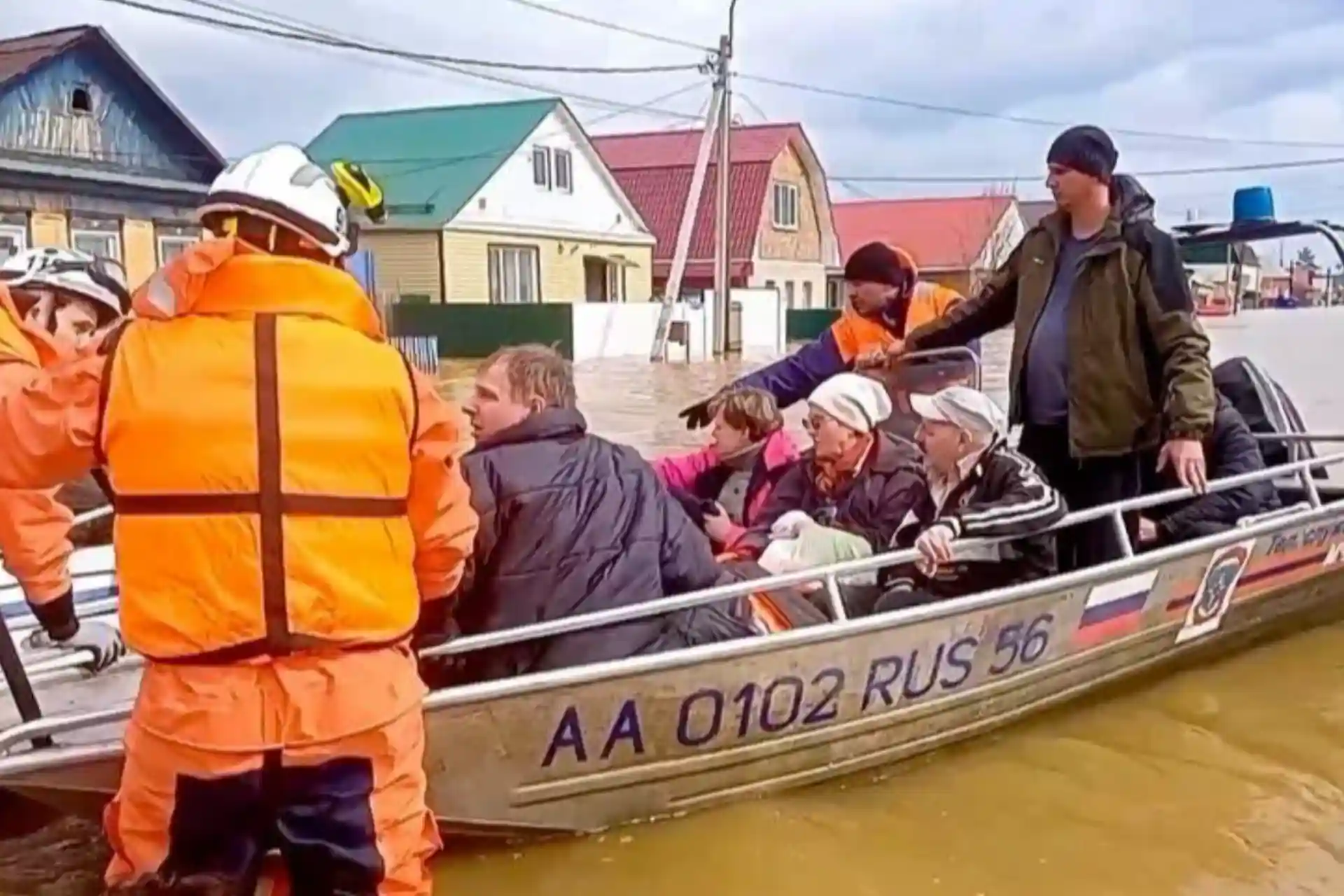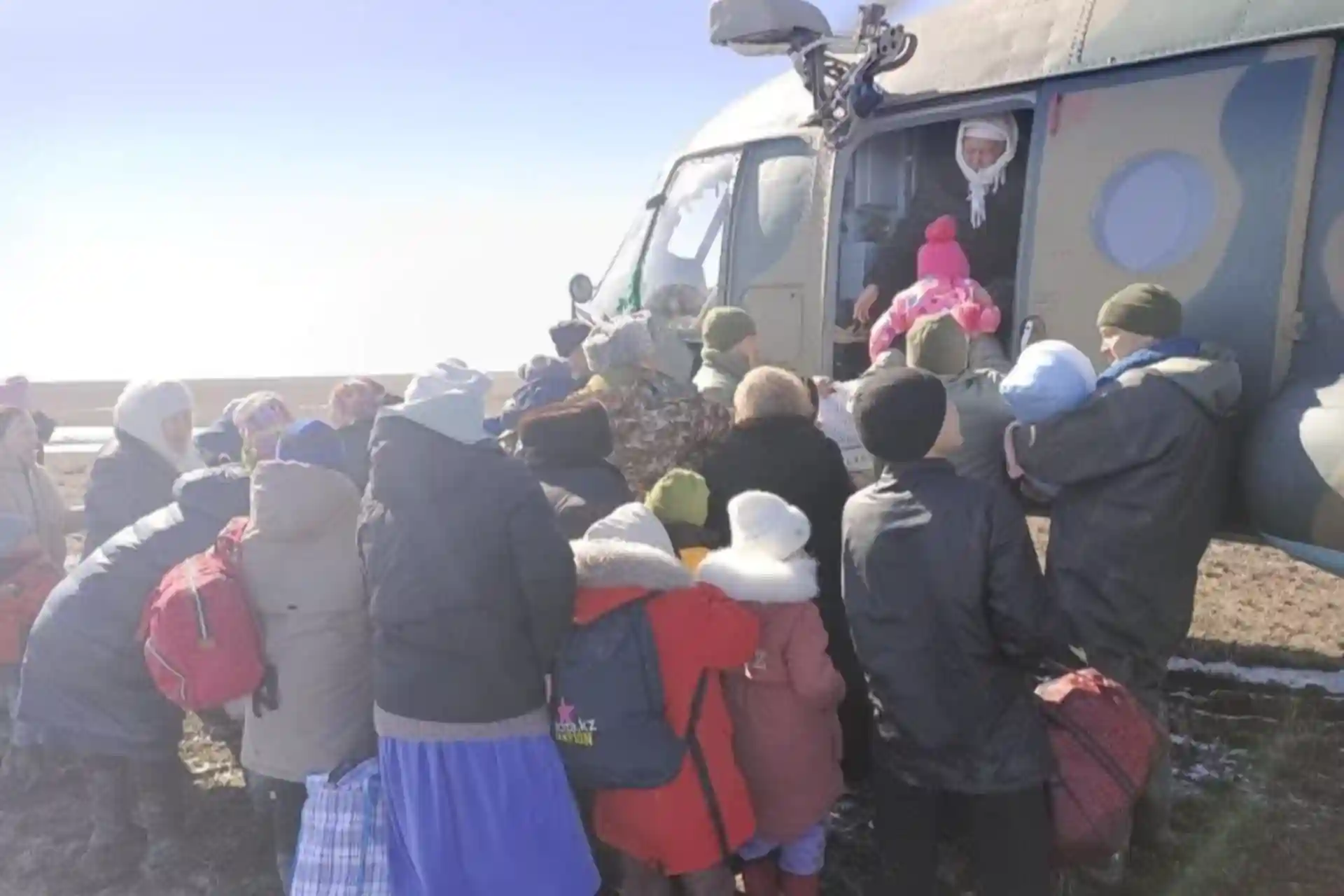Flooding in Russia and Kazakhstan: The situation remains critical
As a result of the rise in the level of the Ural River at a record level for the entire period, it continues to flood settlements in the Orenburg region of Russia. The dams cannot withstand the water pressure. People are being evacuated en masse. Floods are also observed in the northern regions of Kazakhstan.
As a result of the rise in the level of the Ural River at a record level for the entire period, it continues to flood settlements in the Orenburg region of Russia. The dams cannot withstand the water pressure.
More than 6,800 residential buildings were flooded in 39 regions of Russia, the RF FVV press service reported. The most difficult situation is observed in the Orenburg region.
In Orenburg, the level of the Ural River rose by nine centimeters by Sunday evening, the city hall reported on the Telegram channel.
"According to the Orenburg hydrometeorological center, on the evening of April 7 near Orenburg, the water level of the Ural River reached 864 cm. The dangerous level is 930 cm," warns the city hall.
Alexander Kurenkov, the head of the Orenburg Regional Directorate of the RF FSV, called the situation in Orsk "serious".
"Protective structures on the Ural River were destroyed, a tense situation arose in the city of Orsk. As a result, 4,518 residential buildings and 4,587 farm lands were flooded," Interfax quoted him as saying.
On Sunday evening, the mayor of the city, Vasiliy Kozupitsa, reported on the Telegram channel that the Elshanka River in Orsk has also begun to overflow its banks.
According to information, more than 4,000 people, including 885 children, were evacuated from flooded areas in the region.
The situation is also serious in the north of Kazakhstan
More than 3,700 residential buildings in six regions of Kazakhstan were flooded as a result of the flood. North Kazakhstan, Atyrau, Aktobe, Akmola, Kostanay and Pavlodar regions were affected by the natural phenomenon. This was reported by 24.kz with reference to the Ministry of Emergency Situations.
Rescuers, military personnel and representatives of local authorities are actively working to strengthen dams and organize the evacuation of rooms.
75,000 people have been rescued since the flood began in the country, 7,500 of them were placed in temporary shelters.
The total volume of water created as a result of the melting of snow and ice exceeded 7.5 million cubic meters.



